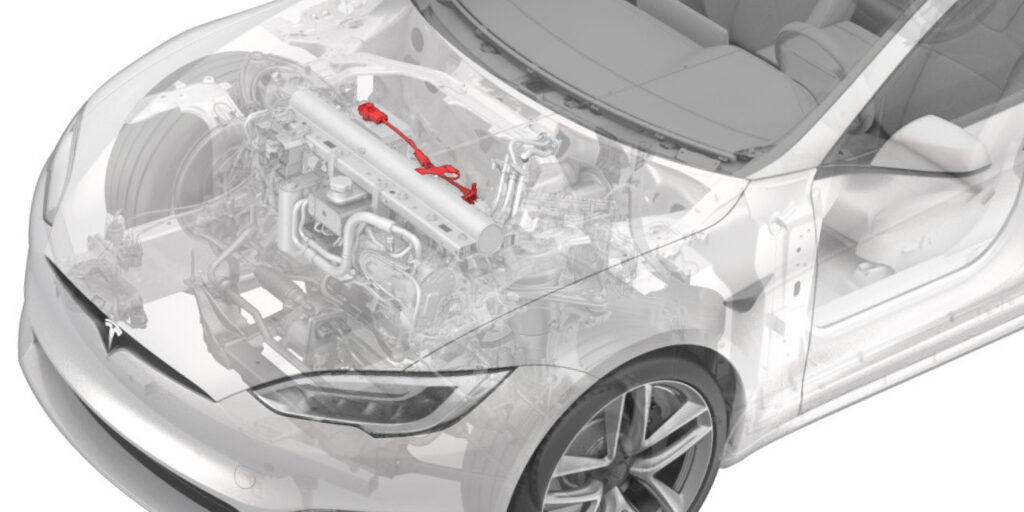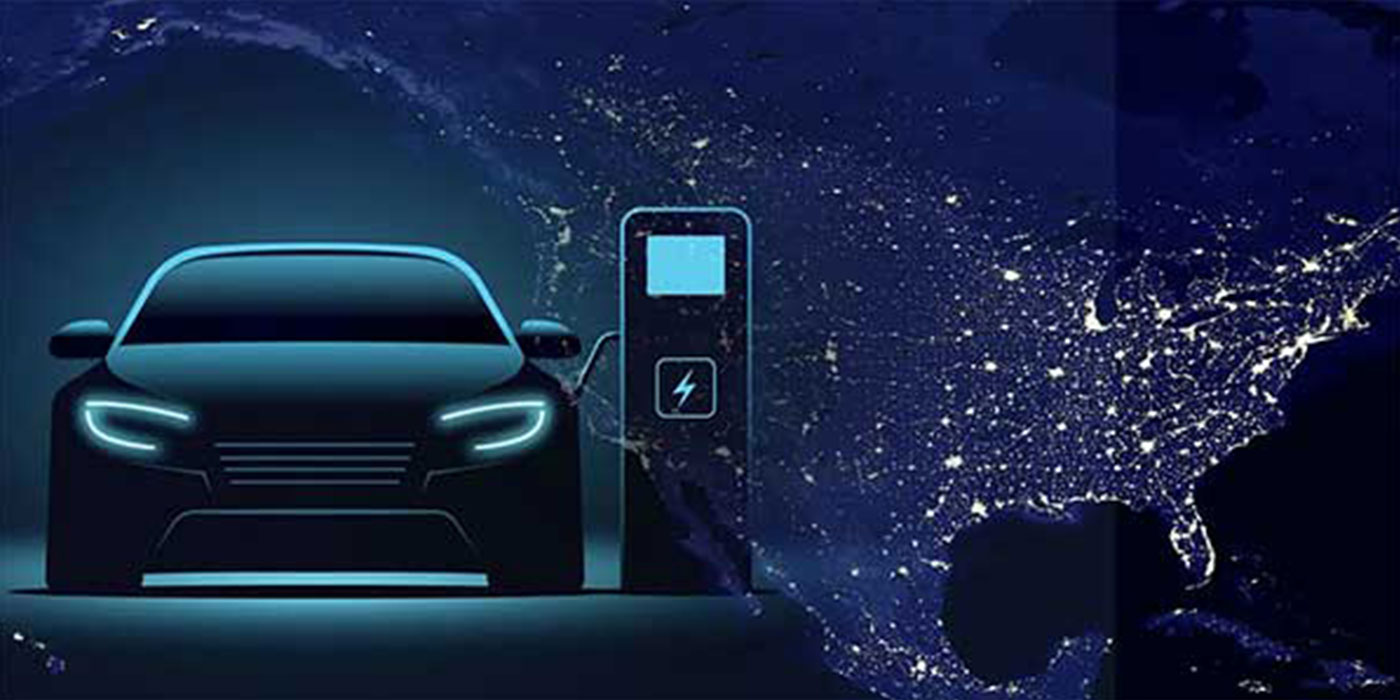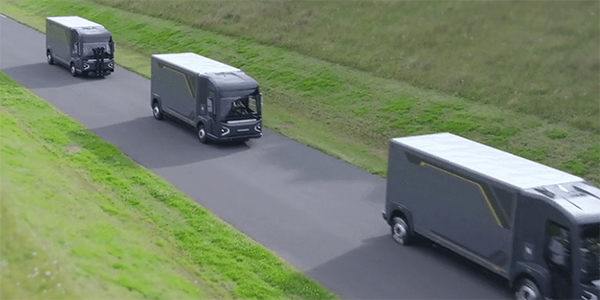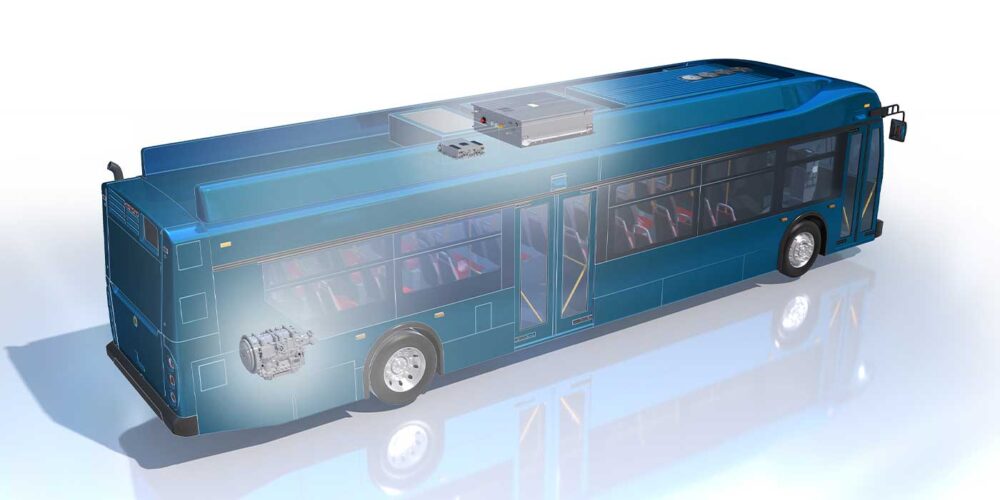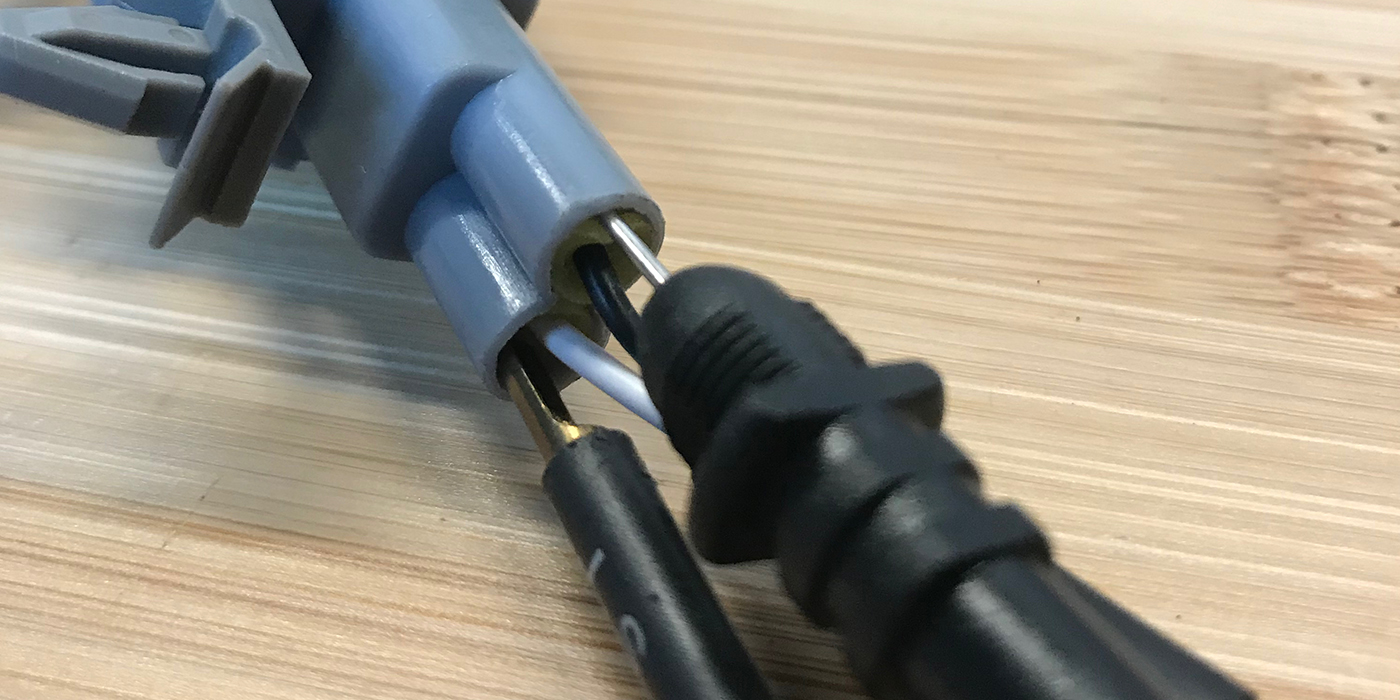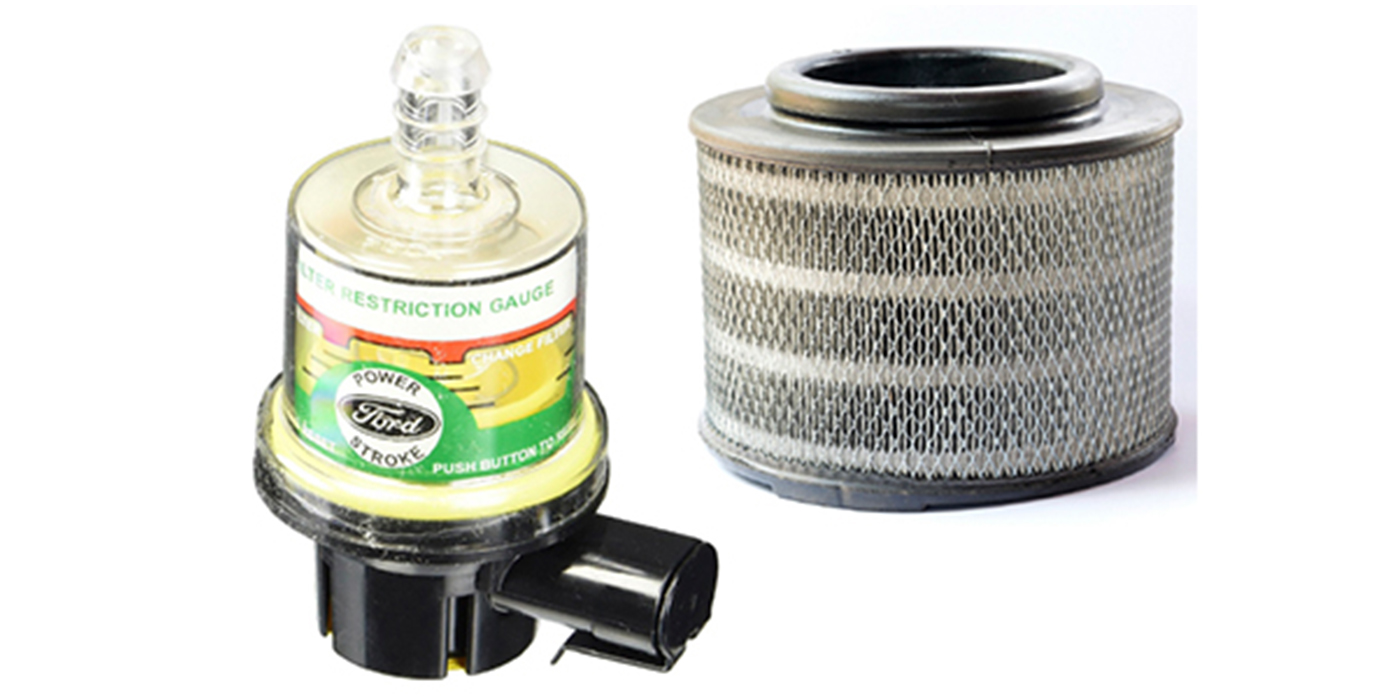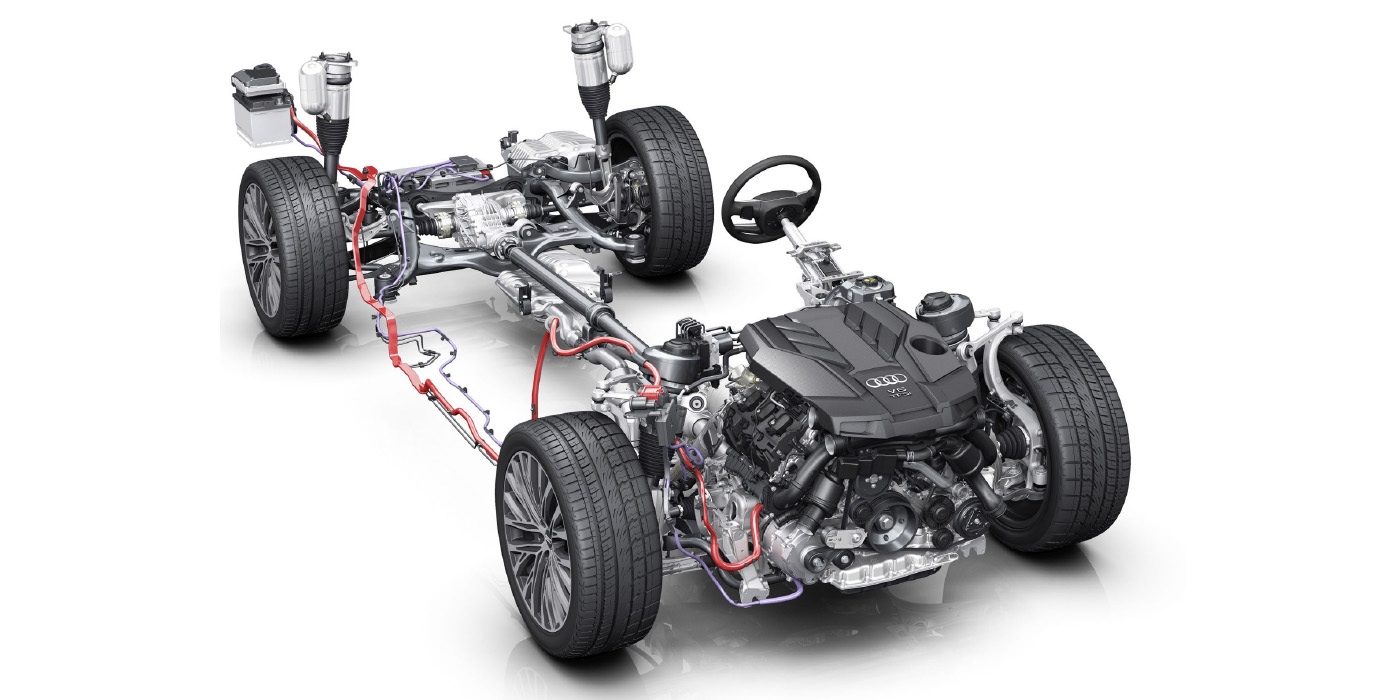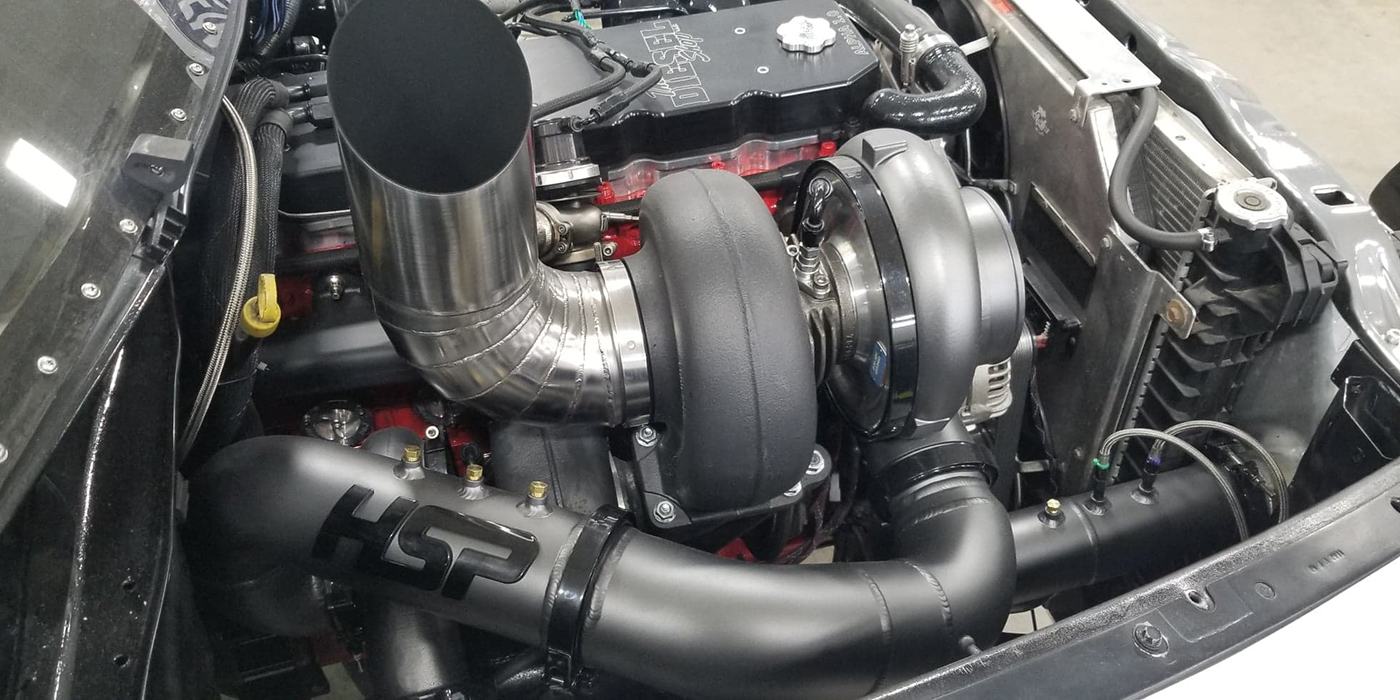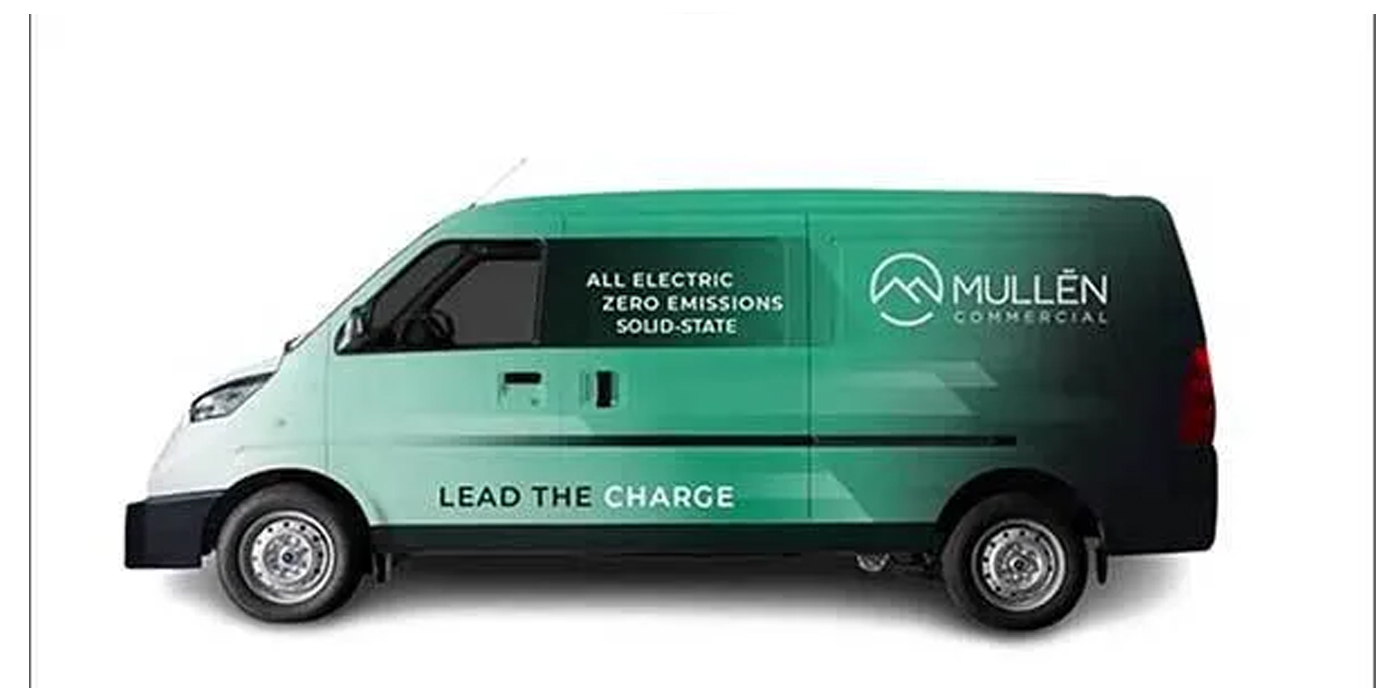Here’s a real-world scenario: A customer brings their EV into your shop for service, and it’s been there for quite a while because the parts are on backorder. After a few weeks, you get in the vehicle to move it out of your way, and the ignition won’t turn on. It’s acting like the battery is dead, so what do you do now?
High Voltage vs Low Voltage
Chances are that the low voltage (LV), or 12V, battery inside that EV has gone dead. In most cases, the LV battery is not charged while the high voltage (HV) battery is plugged into the wall charger. So, even if your shop is outfitted with an HV wall charger, the LV battery could still go dead if it’s left alone long enough.
This scenario can present a few unique challenges to us as techs or shop owners. The first question we need to ask ourselves is, “can I jump this EV with another car?” We would advise against this idea. It’s much safer to have a dedicated battery jumper, preferably one with some electronic assist to protect the system from surges, inverse polarity, etc. Compact battery jump packs are available, and are really handy for all kinds of situations.
Now you need to find the LV battery, and it could be anywhere in the vehicle. This of course will vary from one EV to the next, but the most common locations would likely be under the hood or in the trunk. But, herein lies another challenge – some EVs, specifically Teslas, have electronic door poppers which release the trunk and the hood (AKA the front trunk or frunk). So, it sort of turns into a “chicken before the egg” situation. How can you open the hood to get to the LV battery and jump it, if there’s no 12V power to actually open the hood?
Fear not, because Tesla thought this one out. There is a pair of wires that are located just behind the front tow hook cover in the front bumper cover (Figure 1). With a 12V battery jump pack on hand, press firmly on the top right perimeter of the tow hook cover until it pivots inward, then gently pull the raised section out toward you. Pull the two wires out of the tow eye opening and connect them to the jump pack: red positive (+) to red positive (+), black negative (-) to black negative.
Be aware that these wires are not a charging point for the LV battery. Applying 12V power to these wires will only pop the hood release, but now you can gain access to the LV battery inside. Open the hood and remove the trim panel which covers the LV battery. Locate the positive charge/jump post, and connect a suitable battery charger or jump pack to it. Attach the negative cable from the charger/jump pack to the beam in front of the LV battery (Figure 2). You should now be able to charge or jump the LV battery, and power on the ignition.

